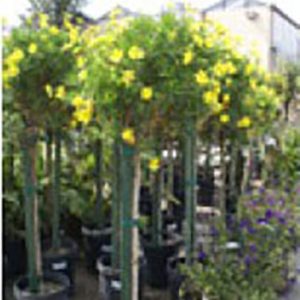Description
Zinnia –
There are 20, spreading to erect annuals, perennials, and sub shrubs in the Asteraceae family, make up this genus. They naturally occur from scrub and desert grassland, mainly in Mexico, but also in Southwestern USA, and Central and South America. They have opposite, stalkless or almost stalkless, linear to ovate, pale to mid green leaves. Zinnias are cultivated for their solitary, long stemmed, daisy like, terminal flower heads in a wide range of colors and shapes, including white, yellow, orange, chartreuse, red, purple and lilac, some with contrasting eyes. In some, the flower heads resemble formal decorative dahlias ( referred to as “dahlia-flowered”) others resemble cactus flowered dahlias ( referred to as “cactus flowered”). Use in an annual or mixed border, and for cutting. Smaller cultivars are suitable for edging and for window boxes or other containers. They usually attract butterflies.
Grow in fertile, humus rich, well-drained soil in full sun. Deadhead to prolong flowering.
Prone to bacterial spots, fungal spots, powdery mildew, bacterial wilt, Southern blight, stem rots, caterpillars, mealy bugs, and spider mites.
Z. haageana – Z. angustifolia of gardens – Z. mexicana – Mexican Zinnia – This dwarf erect, bushy annual, grows 10” tall and 8-12” wide. It produces oblong to linear or linear-lance-shaped leaves, to 3” long, lightly covered in bristly hairs. In summer and early fall, it bears a profusion of daisy like, broad petalled, bright orange flower heads, to 1 ½” across. It is mildew resistant.
Zones 9-11




